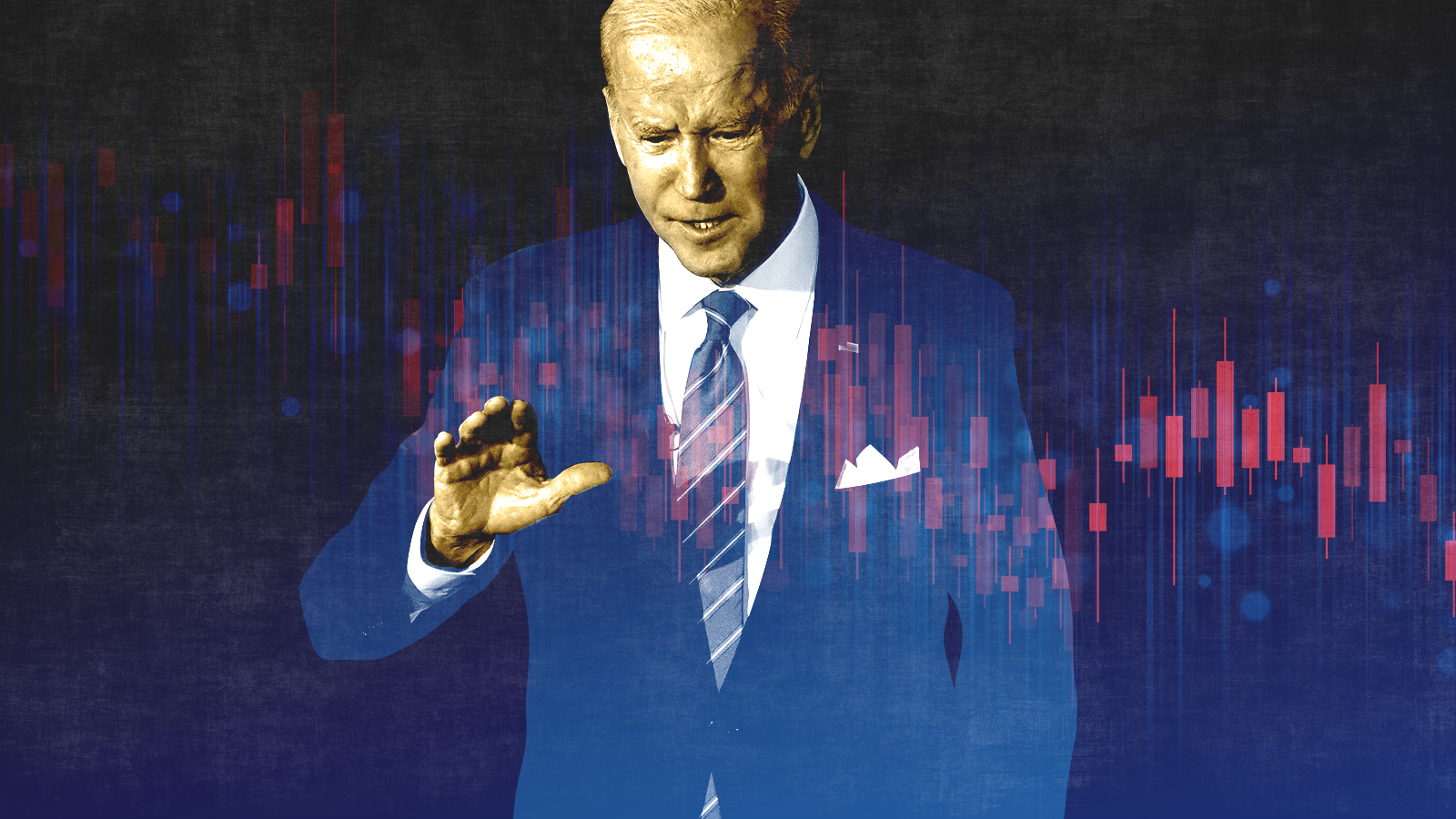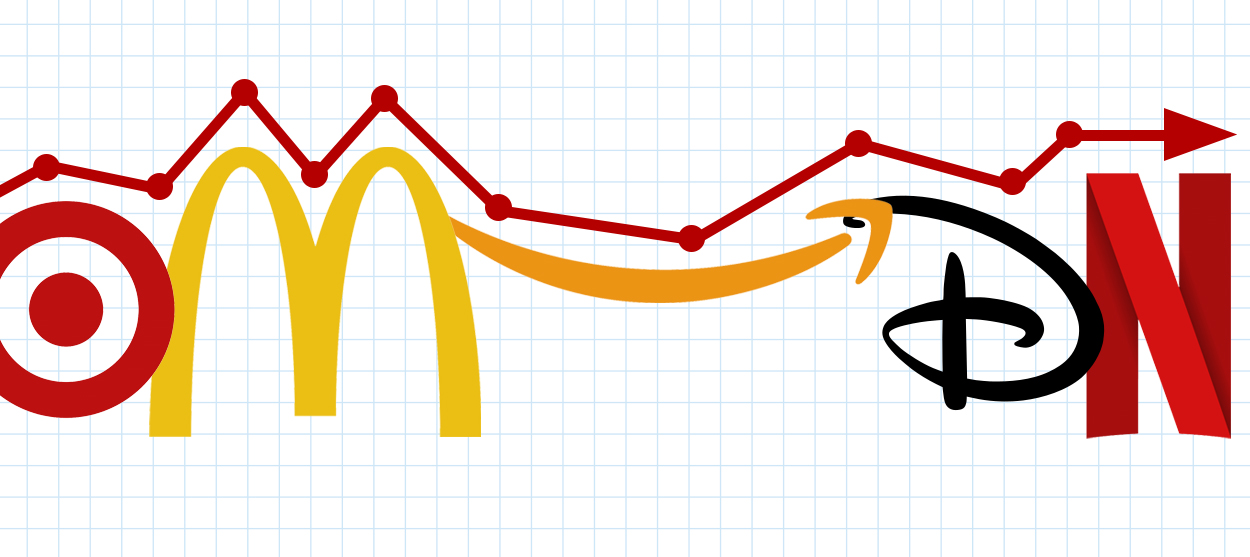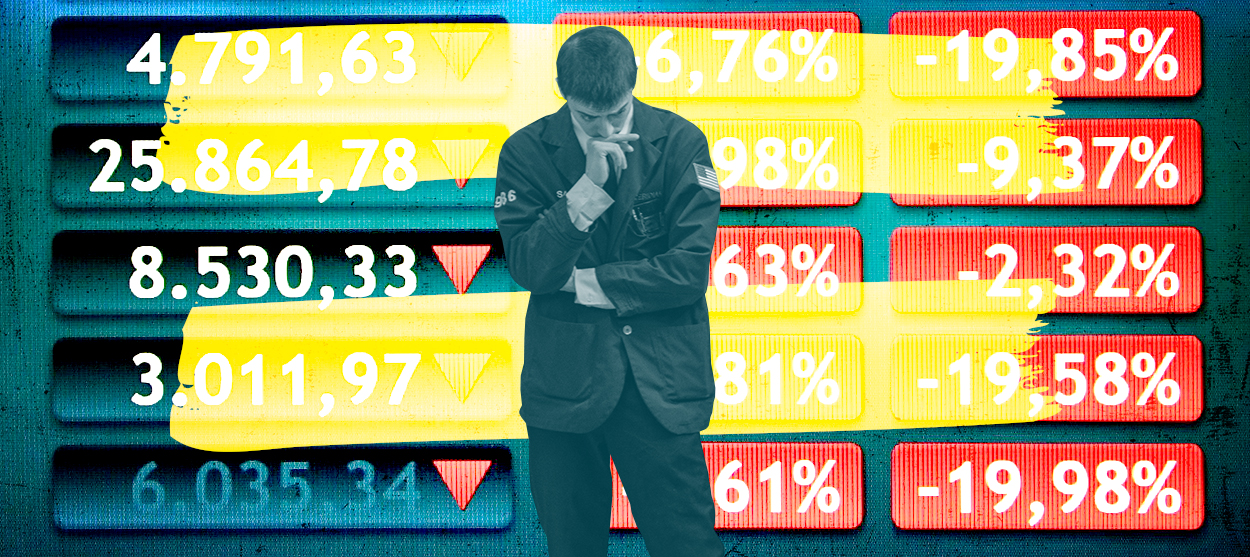Walmart's big gamble on India
America's biggest retailer is betting billions on India. Will it pay off?

Walmart has opened a new front in the war for e-commerce supremacy. But the battle won't happen here in the States. It will happen in India.
On Wednesday, the retail giant inked a $16 billion deal to buy a 77 percent stake in Flipkart, India's premiere online retail startup. And it's a move directly aimed at Amazon.
Walmart is still America's dominant brick-and-mortar retailer (there's a Walmart within 10 miles of 90 percent of the United States population). But most everyone agrees that internet sales are the future. And there, Amazon is still king, ruling over 40 percent of e-commerce market share. Walmart only has a bit over 3 percent — which, remarkably enough, still makes it one of the biggest e-commerce players that isn't Amazon. But everyone else is nipping at Walmart's heels.
The Week
Escape your echo chamber. Get the facts behind the news, plus analysis from multiple perspectives.

Sign up for The Week's Free Newsletters
From our morning news briefing to a weekly Good News Newsletter, get the best of The Week delivered directly to your inbox.
From our morning news briefing to a weekly Good News Newsletter, get the best of The Week delivered directly to your inbox.
Walmart has been scrambling to improve its e-commerce game for a while now: It bought Jet, another online retail startup, back in 2016. And its massive network of physical stores should give the company a leg up in building a delivery infrastructure.
Yet Walmart has failed to gain much ground against Amazon, at least here in America. Enter India.
India boasts a population of 1.3 billion. But only about 15 percent shop via the internet. There is tremendous potential here for an e-commerce powerhouse to clean up.
After all, e-commerce in India has been growing at a rapid clip. Experts anticipate online sales in the country will explode to $100 billion by 2020, up from a mere $3 billion in 2013. There are also 443 million Indian millennials, and their smartphone usage is anticipated to double in just three years. Then there's groceries: Indians already spend $1 billion a year buying food online, and that market is expected to expand massively.
A free daily email with the biggest news stories of the day – and the best features from TheWeek.com
All of which makes India one of the juicier prizes in the future of global retail.
"When you step back and look at the world and look at all of the countries — their size, their growth rate, their potential — there just aren't opportunities like the one we are looking at," said Doug McMillon, Walmart's CEO.
That brings us to Flipkart, one of India's biggest internet startups.
Flipkart, launched in 2007, boasts 80 million products for sale, 100,000 sellers, 100 million registered users, and 10 million daily page visits. Now, Flipkart did take a beating when Amazon broke into the Indian market in 2013. But Flipkart still holds an 8 percentage point lead in market share over its rival. And its sales grew by 50 percent in its last fiscal year.
Buying a controlling share of Flipkart places Walmart ahead of Amazon in India's relatively young internet retail world. And while Indian regulations prevent Walmart from opening U.S.-style retail stores to directly compete with domestic mom-and-pop operations, Walmart does have 21 wholesale stores in India that sell to those same mom-and-pop shops. That means Walmart already has at least some physical infrastructure in place.
Sounds great, right? Well, it's not a total slam dunk. And investors seem a little worried — Walmart shares took a dive after news of the sale.
After doubling in 2014 and almost tripling in 2015, growth in India's online retail market slowed way down in 2016. There's still a ton of room to grow — but how much, and how fast, remains an open question.
Walmart also acknowledges that Flipkart will need an upgrade: The company plans to invest $2 billion in its online retail purchase. And Walmart readily admits the deal will shave $750 million off its net income in 2018, and over $1.5 billion in 2019.
For context, though, Walmart's net income was $13.6 billion in 2017. They can certainly afford the risk for the moment. What will matter is the long game.
And what if India's online retail market does boom the way experts hope, and Walmart's early gamble to put itself ahead of Amazon pays off? Well, then those skittish investors will probably be happy to come back.
Jeff Spross was the economics and business correspondent at TheWeek.com. He was previously a reporter at ThinkProgress.
-
 7 bars with comforting cocktails and great hospitality
7 bars with comforting cocktails and great hospitalitythe week recommends Winter is a fine time for going out and drinking up
-
 7 recipes that meet you wherever you are during winter
7 recipes that meet you wherever you are during winterthe week recommends Low-key January and decadent holiday eating are all accounted for
-
 Nine best TV shows of the year
Nine best TV shows of the yearThe Week Recommends From Adolescence to Amandaland
-
 The pros and cons of noncompete agreements
The pros and cons of noncompete agreementsThe Explainer The FTC wants to ban companies from binding their employees with noncompete agreements. Who would this benefit, and who would it hurt?
-
 What experts are saying about the economy's surprise contraction
What experts are saying about the economy's surprise contractionThe Explainer The sharpest opinions on the debate from around the web
-
 The death of cities was greatly exaggerated
The death of cities was greatly exaggeratedThe Explainer Why the pandemic predictions about urban flight were wrong
-
 The housing crisis is here
The housing crisis is hereThe Explainer As the pandemic takes its toll, renters face eviction even as buyers are bidding higher
-
 How to be an ally to marginalized coworkers
How to be an ally to marginalized coworkersThe Explainer Show up for your colleagues by showing that you see them and their struggles
-
 What the stock market knows
What the stock market knowsThe Explainer Publicly traded companies are going to wallop small businesses
-
 Can the government save small businesses?
Can the government save small businesses?The Explainer Many are fighting for a fair share of the coronavirus rescue package
-
 How the oil crash could turn into a much bigger economic shock
How the oil crash could turn into a much bigger economic shockThe Explainer This could be a huge problem for the entire economy
